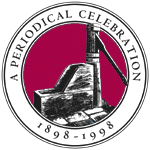
Introduction
100th Anniversary Issue
Centennial Harvests:
The College Pump
The Readers Write
The Undergraduate
Harvard Portrait
Bulletin Boards
Boom and Bust: 1919-1936
War and Peace: 1937-1953
Baby Boom to Bust: 1953-1971
Century's End: 1971-1998
Centennial Sentiments
Harvard Magazine
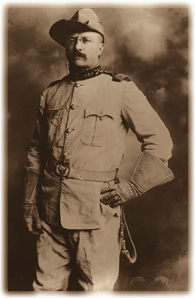 |
Theodore Roosevelt, A.B. 1880, charged up San Juan Hill. T.R. was a vigorous reformer, whose career embodied many of the public-service ideals promoted by Harvard president Charles William Eliot, A.B. 1853. |
Harvard Stadium, America's largest collegiate sports arena, rose in four months. Coach William T. Reid Jr. '01 effected rule changes in 1906 that reduced football violence, saving the sport. The poster's dog-Latin motto reads, "To Hell with Yale." |
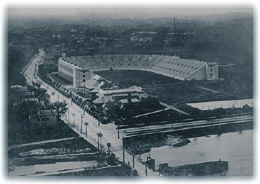
 |
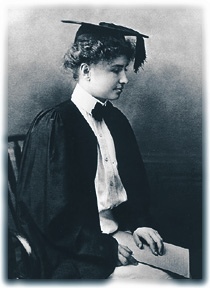 |
Hellen Keller became Radcliffe's first blind graduate. The "Harvard Annex," established in 1879, was incorporated as Radcliffe College in 1894. By 1900, it enrolled 407 students. |
|
College tuition was $150 for 47 years, soaring to $200 in 1916. Wealthy students enjoyed luxurious private residences on the "Gold Coast," even as President Eliot pursued "diversity of condition" among the 1,900 undergraduates by amassing the best-funded financial-aid program of any private college. |
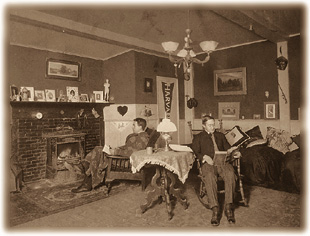
|
 |
Dedication of the Medical School's new campus, followed by the Law School's Langdell Hall a year later, capped Eliot's expansion of Harvard into "a university in the largest sense." He launched business education in 1908 and founded and nurtured the Graduate School of Arts and Sciences. |
|
A. Lawrence Lowell, A.B. 1877, LL.B. 1880, succeeded Eliot, president since 1869. Eliot had replaced the required classical curriculum with electives. Lowell introduced concentration and distribution rules, encouraged tutorial instruction, and sought to build community through new residential housing. |
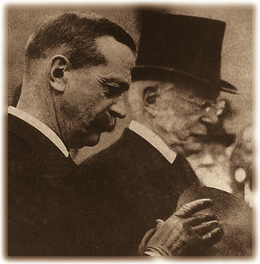
|
 |
On the site once occupied by Gore Hall, Widener Library, given in memory of Titanic victim Harry Elkins Widener '07 by his mother, formally opened with 700,000-plus volumes. |
 Celebrating the Great War's end, Harvard's Student Army Training Corps poses on November 30. More than 11,400 students and alumni were under arms during the conflict; 373 died. |